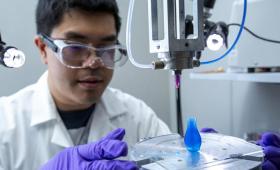Livermore scientists and engineers have garnered three awards among the top 100 industrial inventions worldwide.
Science and Technology
in the News
Science and Technology
in the News
News Center
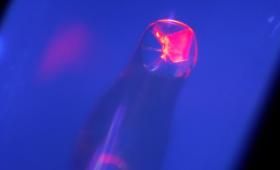
Researchers have developed a new method to isolate and study in great detail some of the rarest and most toxic elements on Earth.
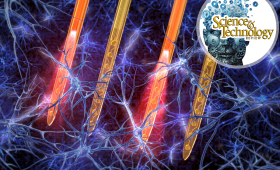
Flexible probes utilize light and chemical sensors to study and treat conditions of the eyes, ears, and brain.
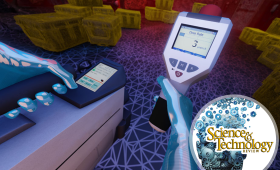
A Livermore-developed interactive simulator provides real-time gamma and neutron data for cutting-edge nuclear emergency response training.
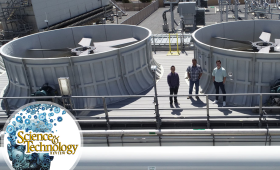
Livermore’s Exascale Computing Facility Modernization project team delivered the infrastructure required to bring exascale computing online in 2023.
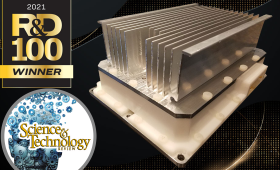
A light-activated technology significantly improves electricity delivery for smart grid applications.
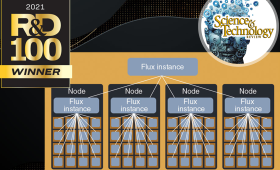
A scalable workflow manager maximizes utilization of computing resources for complex research.
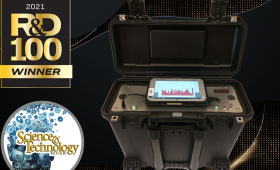
An advanced multiplicity counter provides critical real-time data to identify nuclear threats.
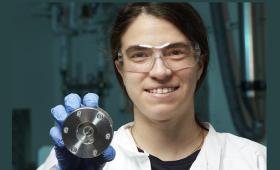
Livermore has received a sample from the spacecraft Hayabusa2's mission to the asteroid 162173 Ryugu.

Cutting-edge Livermore technologies have garnered prestigious R&D 100 awards for more than 40 years.


